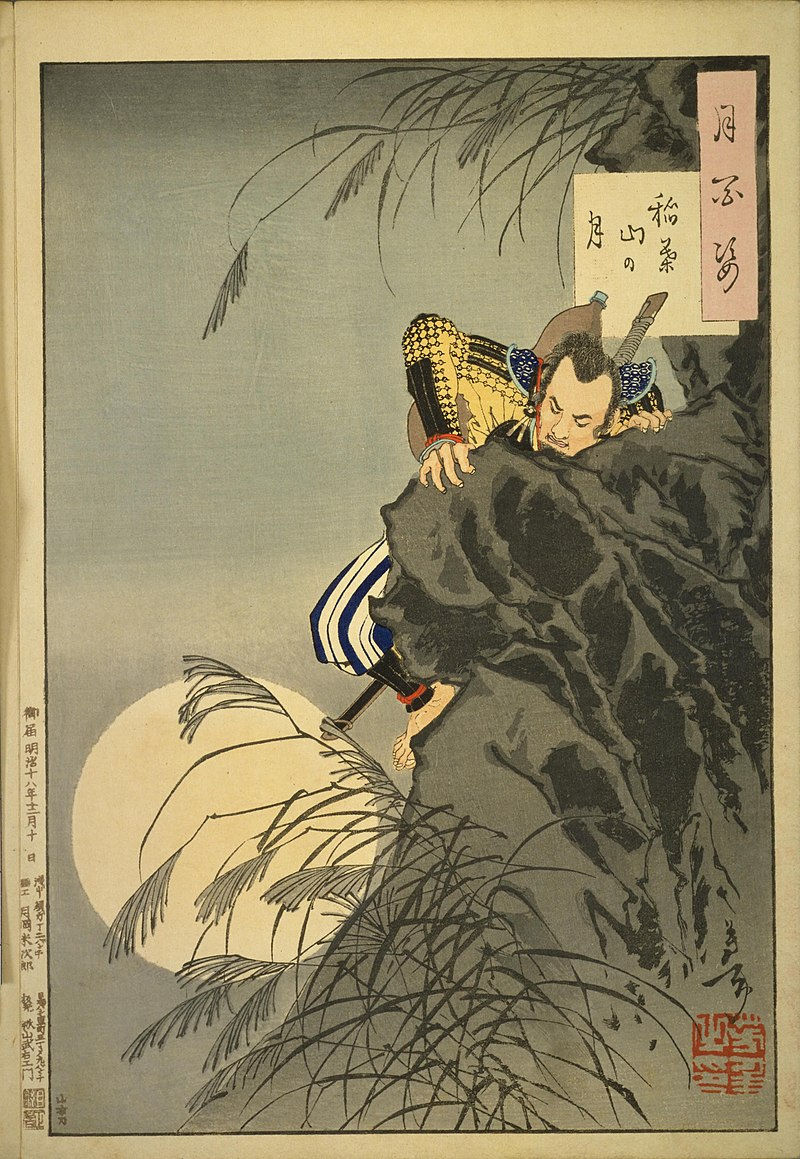Matthew Perry
- 2304583d
- Aug 4, 2024
- 2 min read

Commodore Matthew Perry (1794–1858) was a key figure in American naval history and diplomacy, best known for his role in opening Japan to the Western world in the mid-19th century. His efforts were instrumental in ending Japan's policy of isolation and establishing formal relations between Japan and the United States.
Early Life and Career
Birth and Background: Matthew Perry was born on April 10, 1794, in Newport, Rhode Island. He was the son of a naval officer and grew up in a maritime environment.
Naval Career: Perry entered the U.S. Navy at a young age and had a distinguished naval career. He served in various capacities, including during the War of 1812 and the Mexican-American War, gaining experience and recognition for his service.
Mission to Japan
Context and Purpose: In the early 1850s, the United States was interested in establishing trade relations with Japan, which had been closed off to most foreign nations under the Tokugawa shogunate’s policy of sakoku (closed country). The U.S. aimed to secure trade agreements, protect American interests, and open Japanese ports to American ships.
Expedition to Japan: In 1853, Perry was appointed to lead an expedition to Japan with the goal of negotiating a treaty. He commanded a squadron of four ships, known as the "Black Ships" due to their black-hulled steamships.
Arrival and Negotiations:
First Visit (1853): Perry’s fleet arrived in Tokyo Bay on July 8, 1853. His arrival was significant and intimidating, as it marked the first time a foreign military force had entered Japan’s waters in over two centuries. Perry’s visit was a strategic demonstration of American power and technological advancement.
Second Visit (1854): Perry returned to Japan in February 1854 with a larger fleet to follow up on his initial visit. During this visit, he negotiated the Treaty of Kanagawa, signed on March 31, 1854. This treaty established formal diplomatic relations between the United States and Japan, opened two Japanese ports (Shimoda and Hakodate) to American ships, and provided for the protection of shipwrecked American sailors.
Impact and Legacy
Treaty of Kanagawa: The Treaty of Kanagawa was a milestone in Japanese history, marking the end of Japan’s isolationist policies and initiating a period of increased interaction with Western nations. The treaty paved the way for further negotiations and treaties between Japan and other Western powers.
Further Influence: Perry’s successful mission opened Japan to international trade and diplomacy, leading to the signing of additional treaties with other countries. His efforts contributed to the end of the Tokugawa shogunate and the beginning of the Meiji Restoration, which transformed Japan into a modern state.
Death and Legacy: Matthew Perry died on March 4, 1858. His mission to Japan is remembered as a significant event in both Japanese and American history. Perry is credited with initiating Japan’s entry into the modern world and establishing a foundation for future U.S.-Japan relations.
Cultural Impact: Perry’s expeditions have been widely studied and analyzed for their impact on international relations and diplomatic history. His efforts are often seen as a turning point in Japanese history, leading to profound changes in the country’s political and economic systems.
Commodore Matthew Perry’s diplomatic and naval achievements played a crucial role in transforming Japan’s international relations and opening the country to the modern world. His legacy continues to be recognized in both historical and cultural contexts.




Kommentare